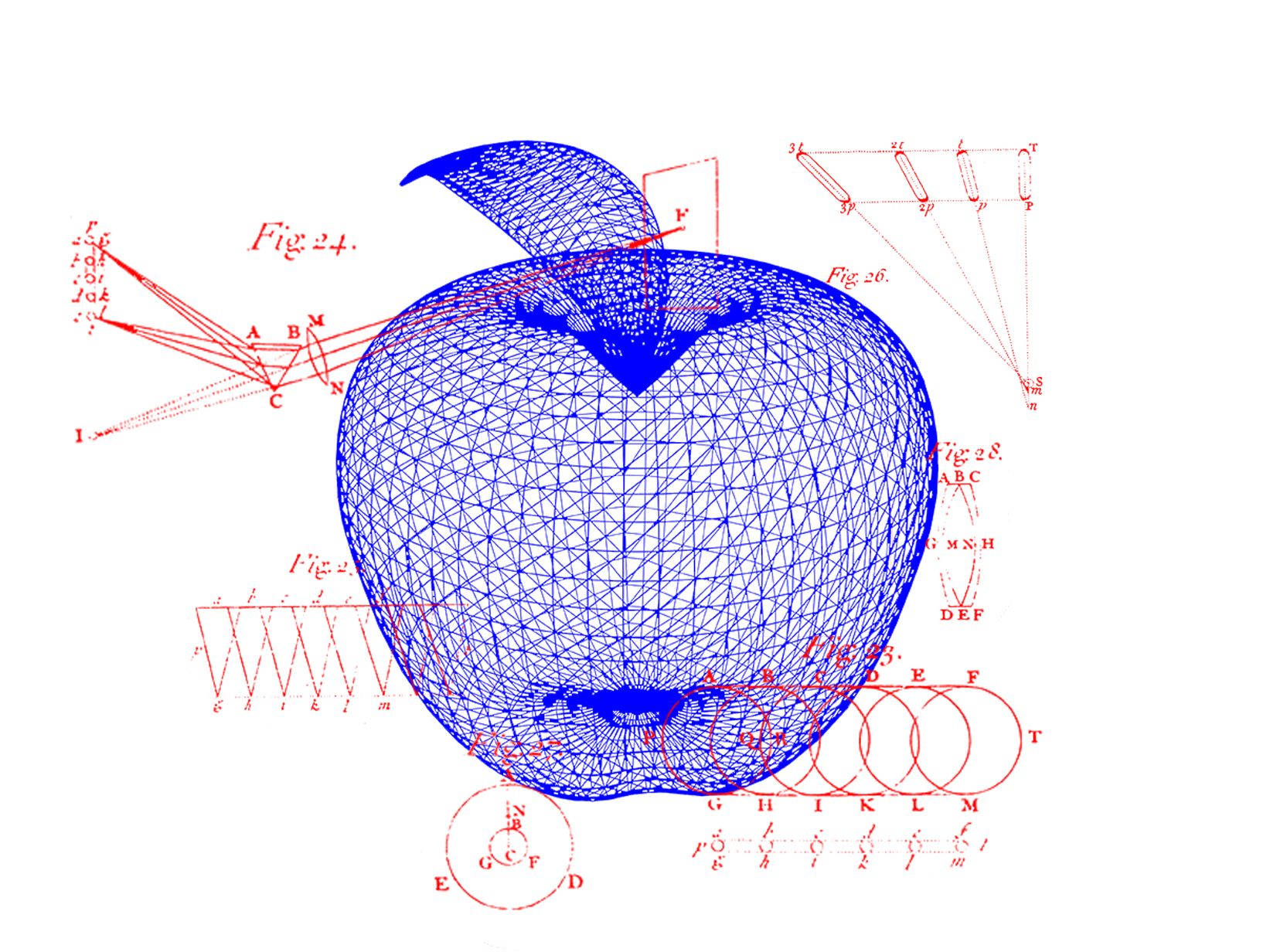This Open Source Robot Brain Thinks in 3D
The world of artificial intelligence has been fundamentally reshaped by the open-source movement. Foundational language models, once the exclusive domain of tech giants, have become accessible to researchers, startups, and innovators worldwide, sparking an unprecedented wave of creativity and progress. This collaborative spirit begs a critical question: Can the same open-source philosophy ignite a similar revolution for physical machines? A new development from European roboticists suggests the answer is a resounding yes, heralding a new era for intelligent robots that don’t just see the world, but truly understand it in three dimensions.

The Dawn of a New Robotic Intelligence
A team of leading researchers at the Institute for Computer Science, Artificial Intelligence and Technology (INSAIT) in Bulgaria has just released a groundbreaking open-source AI model designed to serve as a powerful, adaptable brain for industrial robots. This new model, named SPEAR-1, is engineered to grant physical machines a level of dexterity and manipulation that has long been a significant barrier in the field. By providing a sophisticated yet accessible “brain,” SPEAR-1 empowers robots to grasp and interact with objects with newfound precision and intuitive understanding.
The release is more than just a technical achievement; it’s a strategic move to democratize the advancement of embodied AI. In the same way that open-source language models gave countless developers the tools to build and experiment with generative AI applications, SPEAR-1 provides the foundational software layer for a new generation of smart hardware. Researchers and startups can now build upon this powerful base, accelerating the development of more capable systems for factories, warehouses, and eventually, our homes.
Martin Vechev, a distinguished computer scientist at INSAIT and ETH Zurich, emphasized the pivotal role of this open approach in driving the entire field forward. In his view, the future of robotics is intrinsically linked to collaborative innovation.
“Open-weight models are crucial for advancing embodied AI,” Vechev stated, highlighting the need for shared tools to overcome the immense challenges of creating truly intelligent physical systems.
This move aims to break the cycle of proprietary, closed-off systems that can stifle broader community progress and concentrate power in the hands of a few well-funded corporations. By making SPEAR-1 available to all, INSAIT is planting a flag for a more open and collaborative future in robotics.
The Paradigm Shift: Thinking in 3D
What truly sets SPEAR-1 apart from its predecessors is its unique cognitive architecture. While many existing robot “foundation models” are built upon vision-language models (VLMs), which excel at interpreting text and 2D images, they possess a fundamental limitation: they perceive the world in flat planes. This creates a critical disconnect, as a robot must navigate and act within a three-dimensional reality of depth, volume, and occlusion. SPEAR-1 directly confronts this challenge by incorporating 3D data into its core training regimen.
This integration provides the model with a far more profound and intuitive grasp of the physical world. Instead of just identifying an object from a picture, a 3D-native model understands its shape, its position in space, and how it can be approached and manipulated from any angle. This is the difference between looking at a photograph of a cup and being able to walk around it, see its handle, and understand how to pick it up without spilling its contents.
Vechev explains this core innovation as a solution to a long-standing problem in robotics AI.
“Our approach tackles the mismatch between the 3D space the robot operates in and the knowledge of the VLM that forms the core of the robotic foundation model,” he says.
This “mismatch” is responsible for many of the clumsy and unreliable behaviors seen in robots today. A system trained only on 2D images might struggle with:
- Occlusion: Failing to understand that an object partially hidden behind another still exists in its entirety.
- Perspective: Misjudging an object’s size or distance due to camera angle.
- Grasp Planning: Inability to determine the optimal way to hold a complex, non-uniform object.
- Spatial Reasoning: Difficulty navigating around obstacles or placing items in a cluttered environment.
By training on 3D data—which can include point clouds, depth maps, and simulated physics environments—SPEAR-1 develops a more holistic and accurate mental model of reality. This enables it to perform complex manipulation tasks with greater reliability and adaptability, paving the way for robots that can operate more effectively in the messy, unpredictable environments of the real world.
Putting Intelligence to the Test: Benchmarks and Performance
The true measure of any AI model lies in its performance. On this front, SPEAR-1 has demonstrated that the open-source approach can compete directly with highly resourced commercial efforts. When evaluated on RoboArena, a benchmark designed to test a robot’s ability to perform nuanced, real-world tasks, SPEAR-1 proves to be roughly as capable as leading proprietary models.
The RoboArena benchmark isn’t about brute force; it’s about finesse. It includes tasks that require a delicate understanding of physics, force, and object properties, such as:
- Squeezing a ketchup bottle with just the right amount of pressure.
- Smoothly closing a drawer without slamming it.
- Precisely aligning and stapling pieces of paper together.
These actions, trivial for a human, are incredibly complex for a machine, demanding a seamless integration of vision, planning, and motor control. SPEAR-1’s strong performance on these tests indicates that its 3D-native understanding translates directly into superior physical competence.
The race to build smarter robots has attracted immense investment, with billions of dollars funding a new wave of startups. This includes heavily backed companies like Skild, Generalist, and Physical Intelligence. Notably, SPEAR-1’s capabilities are nearly on par with Pi-0.5, a model from Physical Intelligence—a billion-dollar startup founded by an all-star team of robotics researchers. This achievement from an academic institution underscores the power of innovative architecture and the viability of open-source development in a field dominated by private enterprise.
Open vs. Closed Models: The Emerging Robotics Ecosystem
The rise of SPEAR-1 suggests that the future of robot intelligence will not be a monolith but a dynamic ecosystem featuring both closed, commercial models and open-source alternatives. Each approach offers distinct advantages that will collectively propel the industry forward.
| Feature | Open-Source Models (e.g., SPEAR-1) | Closed-Source Commercial Models (e.g., Pi-0.5) |
|---|---|---|
| Accessibility | Available to everyone, fostering widespread research and experimentation. | Proprietary and controlled by a single entity, limiting access to paying customers. |
| Innovation | Community-driven; rapid iteration and diverse contributions lead to novel solutions. | Focused, top-down innovation driven by corporate goals and resources. |
| Cost | Free to use, lowering the barrier to entry for startups, academics, and hobbyists. | Can be expensive to license, requiring significant capital investment. |
| Transparency | Open architecture allows for full scrutiny, auditing, and understanding of the model’s behavior. | “Black box” nature can make it difficult to debug or customize for specific needs. |
| Customization | Highly adaptable; can be fine-tuned and modified for specialized hardware and tasks. | Limited customization options, typically defined by the provider’s API. |
| Support | Relies on community forums and collaborative problem-solving. | Backed by dedicated enterprise-level customer support and service agreements. |
The success of SPEAR-1 demonstrates that open-source models can achieve competitive performance, ensuring that the foundational tools for building the next generation of robots remain accessible to the entire global community.
The Grand Challenge: From Specialized Tools to General Intelligence
Despite these exciting advances, robot intelligence is still in its infancy. For decades, the dominant paradigm in robotics has been one of extreme specialization. An AI model can be painstakingly trained to operate a specific robot arm to reliably pick a particular object from a designated spot. However, this intelligence is incredibly brittle. If you switch to a different model of robot arm, change the shape or material of the object, or even slightly alter the lighting in the room, the entire system often fails. The model must be retrained from scratch—a costly and time-consuming process.
This is the fundamental challenge that robotics researchers are working to solve. The ultimate goal is to move beyond narrow, task-specific models and create general-purpose robot intelligence. The hope is that the same recipe that led to the triumph of large language models—massive datasets combined with vast computational power—can be applied to the physical domain. A truly general robot foundation model would enable a machine to adapt to new situations and learn new tasks with remarkable speed, much like a human.
Such a model would unlock the full potential of robotics, enabling advanced applications like:
- Humanoid Robots: Machines capable of operating in messy, unfamiliar human environments like homes, hospitals, and disaster zones, using a general understanding of how the world works to perform helpful tasks.
- Adaptive Manufacturing: Factory robots that can quickly switch from assembling one product to another without weeks of reprogramming.
- Logistics and Warehousing: Systems that can handle an infinite variety of package shapes and sizes, dynamically reorganizing a warehouse on the fly.
Karl Pertsch, a researcher at the commercial competitor Physical Intelligence, acknowledges the significance of SPEAR-1’s progress and the rapid acceleration in the field. While he notes that it’s still too early to definitively say how crucial 3D training data will be in the long run, he sees the development as a clear sign of a new era in robotics research.
“It’s really cool to see academic groups building quite general policies that can actually be evaluated across a diverse set of environments out-of-the-box, and [can] achieve non-trivial performance,” Pertsch says. “This was not possible even a year ago.”
His statement captures the breathtaking pace of change. The ability for a single, off-the-shelf model to perform reasonably well across a variety of tasks represents a monumental leap from the highly specialized systems of the past. It suggests that the dream of a generalist robot, once confined to science fiction, is slowly but surely becoming a tangible engineering goal. With open-source, 3D-native models like SPEAR-1 now in the hands of the global research community, the journey toward that future has just become dramatically shorter.








Comments